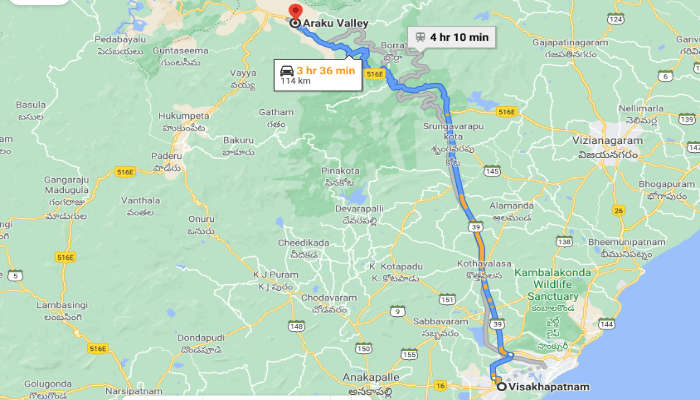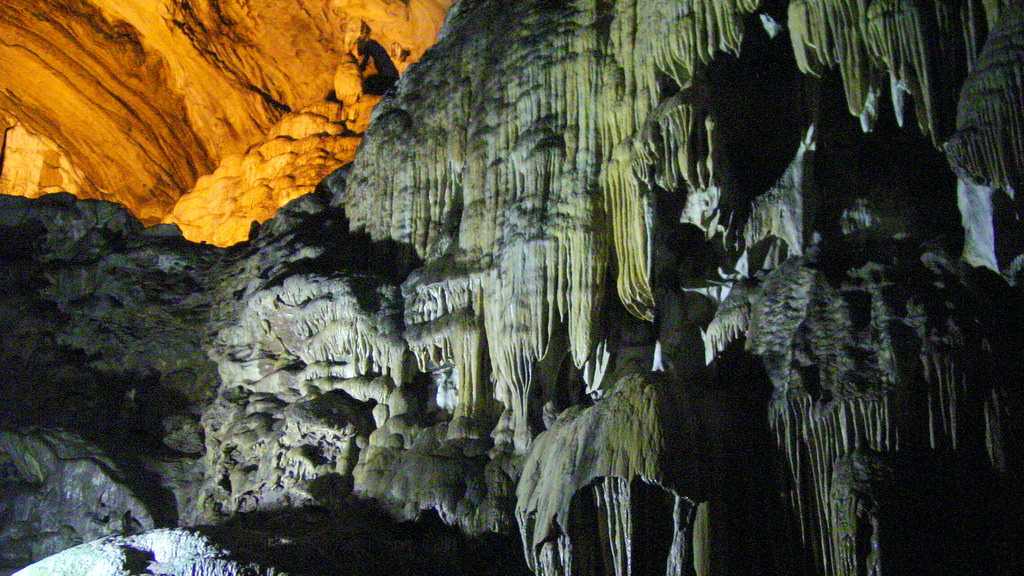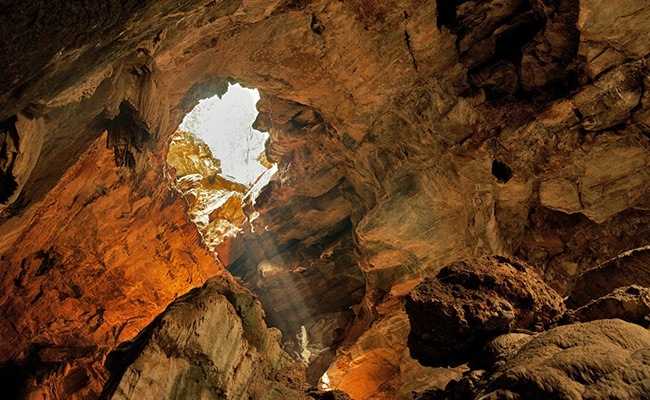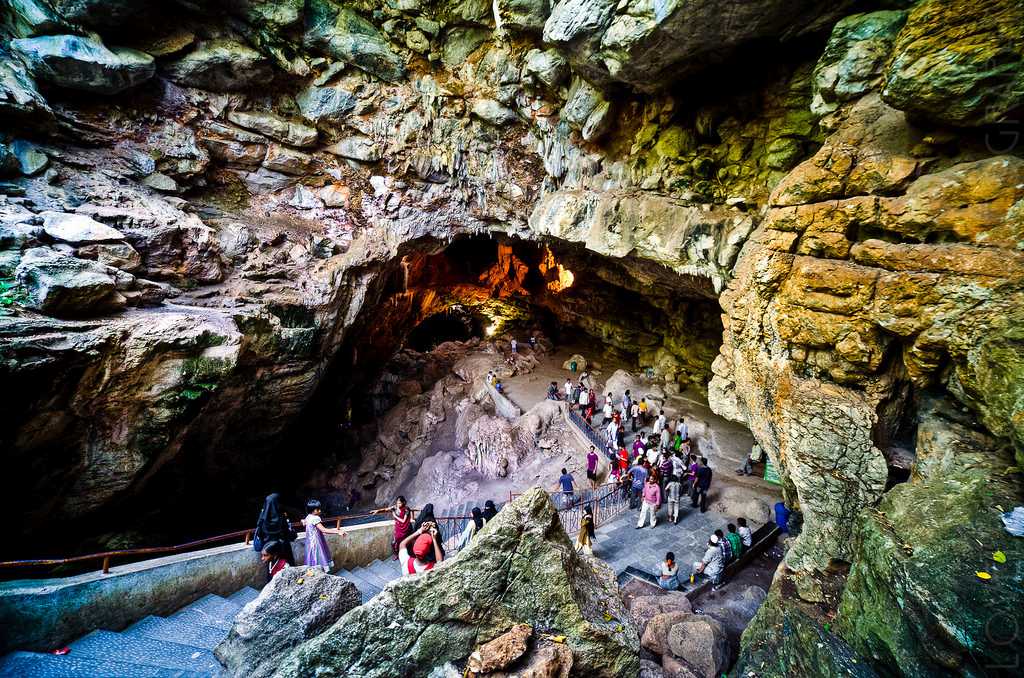About Araku Valley
Image Source
Araku Valley is located in Vishakhapatnam district, Andhra Pradesh and being surrounded by the magnificent Eastern Ghats the place hosts refreshing breaks for nature lovers. The valley is known for its exquisite biodiversity and features lush green tea and coffee plantations.
Ideal Duration: 1 to 2 Days
Nearest City: Vizag or Visakhapatnam
Distance From Vizag: 112 Kms
Peak Season: September to May
State: Andhra Pradesh
Best Time To Visit Araku Valley
Image Source
Majority of the travelers and locals prefer visiting Araku Valley during winters which is from the months of December to February. One can enjoy the best of sightseeing despite the fact that Araku Valley looks stunning in freezing temperatures that goes down to about 5-degree Celsius.
However, perfect for activities like trekking, caving, and sightseeing, weather in Araku Valley turns balmy and pleasant to travel and explore during September to May which happens to be the best time to visit this paradise.
Route Map From Vizag To Araku Valley

From Vizag continue towards Mindi for 2.8 km and then take Araku-Visakhapatnam Toad to reach Araku Valley. You will be driving nearly 111 km on this road to reach your destination. The road connectivity is comfortable and you can hire a taxi or board a bus to reach Araku Valley.
Best Experiences To Have In Araku Valley
An ideal getaway for nature lovers and adventure enthusiasts, Araku Valley will leave you encircled by the mountain ranges of Eastern Ghats at a height of 2,990 ft. Nonetheless, in case you are visiting this paradise for the first time, make sure you keep this guide handy in order not to miss out on any of the must experiences on your next trip to Araku Valley with your loved ones.
1. Chaparai Waterfalls :
Image Courtesy: Famous Places In India
Also known as the Dumbriguda Falls, it is one of the most breathtaking places to visit in Araku Valley which is encircled by green forests on all sides. Located at a distance of about five kilometers from the valley, Chaparai waterfalls is an ideal place for those who are planning on a fun day out with family, and friends. This is amongst the best places to visit in Araku. This is known for offering refreshing experiences in Araku during summer.
Location: Way to Araku Valley,dumbriguda, mandalam, Araku Valley, Andhra Pradesh
Timings: 8 am – 6 pm
Prices: INR 10/-
Famous For: Scenic beauty
2. Ananthagiri Hills
Image Source
Located at a distance of 26 km from Araku Valley, Ananthagiri hills is a small hill station that is nestled between Araku and Vizag. Being one of the most beautiful and important hill stations of Andhra Pradesh, one will find coffee plantations and waterfalls which looks so gorgeous together. The site is amongst the best attractions of the Araku valley tourism.
Location: Telangana, South India
Timings: Anytime of the day
Prices: NA
Famous For: Scenic beauty
3. Padmapuram Botanical Garden
Image Source
Being one of the most significant parts of Araku Valley’s historical past, one can witness the most rare flowers and trees at Padmapuram Botanical Garden that are hard to find anywhere else. Not just that, during World War II, this is the place from where the soldiers got their vegetable supplies. However, the garden was later turned into a fully-fledged botanical garden that also featured beautiful tree huts.
Location: Padmapuram village, Arakuvalley, ITDA Paderu, Araku Valley, Andhra Pradesh 531151
Timings: 8:30 am – 6 pm
Prices: INR 40/- for adults; INR 20/- for kids
Famous For: Exquisite flore and fauna
4. Araku Tribal Museum
Image Source
For the culture vultures whose quench for learning more about new cultures and traditions is never ending, the Araku Tribal Museum is an ideal place for them. Tribal Museum is one of the most popular stops as the place is created for making people aware of the Araku Valley’s lifestyle and culture by taking them through its historical past.
Location: Araku Valley, Andhra Pradesh
Timings: 9 am – 7 pm
Prices: INR 40/- for adults; INR 20/- for kids
Famous For: Interesting collections and significant artefacts




















